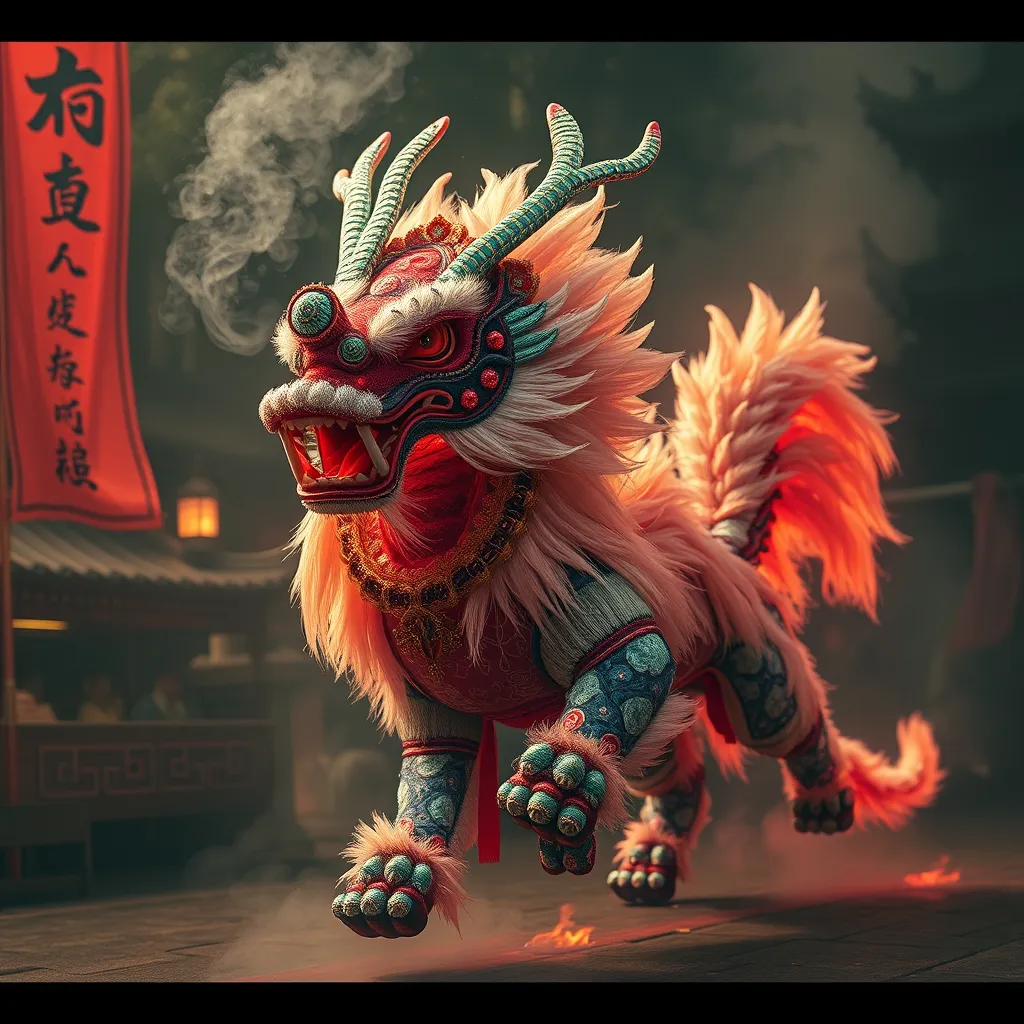The Namahage: A Festival Chimera in Japanese Culture
I. Introduction to Namahage
Namahage is a traditional Japanese festival celebrated primarily in the Akita Prefecture, where individuals don elaborate costumes and masks to embody the Namahage spirits. These spirits are believed to ward off evil and bring good fortune to families. The origins of Namahage are deeply rooted in local folklore and customs, reflecting a blend of cultural significance that has evolved over the centuries.
The purpose of this article is to explore the rich history, rituals, symbolism, modern adaptations, and the challenges faced by the Namahage festival, highlighting its importance in Japanese culture and identity.
II. Historical Background
The roots of the Namahage tradition can be traced back to the rural areas of Akita Prefecture, where the practice likely began as a way to scare away evil spirits and misfortune. Historically, young men would dress up as Namahage and visit homes during the New Year season, demanding offerings and scaring children who misbehaved.
Over the years, the festival has evolved from a simple rite of passage into a vibrant celebration of community and culture, marked by elaborate performances and public festivities. Its evolution reflects the changing societal values and the importance of maintaining cultural heritage in a rapidly modernizing world.
The influence of local folklore and mythology is significant, as many stories surrounding the Namahage are rooted in the ancient beliefs of the region, reinforcing the connection between the people and their environment.
III. The Rituals and Practices
The Namahage costumes are one of the most striking aspects of the festival. Traditionally made from straw, wood, and other local materials, the costumes are adorned with fearsome masks that depict the fierce expressions of the Namahage spirits. The masks are often painted in vibrant colors, adding to their terrifying appearance.
Key rituals performed during the festival include:
- Processions through the streets, where Namahage visit homes to perform blessings.
- Community gatherings that feature traditional music, dance, and storytelling.
- Offerings of food and sake left out by families to appease the spirits.
The role of the community in the celebration is paramount, as the festival fosters a sense of unity among residents. Local youth participate in the performances, ensuring the tradition is passed down through generations.
IV. Symbolism of the Namahage
The Namahage is often interpreted as a protective spirit that embodies both fear and safety. Its frightening appearance serves to ward off evil influences, while the act of visiting families symbolizes the spirit’s protective role in the community.
The cultural meanings behind the Namahage’s fearsome visage are profound, as they reflect the duality of fear and protection found in Japanese folklore. While the Namahage may instill fear in children, it also embodies the hope of safeguarding families from misfortune and ensuring prosperity.
V. Modern Adaptations and Celebrations
Over the years, the Namahage festival has undergone various changes, adapting to contemporary society while retaining its core values. Modern adaptations may include:
- Integration of technology in performances, such as digital projections and interactive displays.
- Collaboration with local artists and performers to enrich the cultural experience.
- Incorporation of environmental themes to raise awareness about sustainability.
Contemporary interpretations have seen the Namahage featured in various artistic performances and cultural festivals, attracting both locals and tourists. The role of tourism has been significant in the preservation of Namahage, as visitors come to witness the unique traditions, thus providing economic support to the local communities.
VI. Namahage in Popular Culture
The Namahage has found its place in media and literature, often depicted as a symbol of Japanese culture. Its representation in various forms of art, such as paintings and crafts, showcases the rich aesthetic associated with the festival.
Influence on art and crafts includes:
- Traditional woodblock prints that celebrate the Namahage’s fierce imagery.
- Handcrafted masks and costumes that are sold as cultural artifacts.
- Contemporary art installations inspired by the Namahage mythology.
As global awareness and appreciation of Namahage grow, it has become a topic of interest in cultural studies, showcasing the significance of preserving traditional practices in a globalized world.
VII. Challenges and Preservation Efforts
Despite its rich history, the Namahage festival faces various challenges, including modernization and urbanization that threaten the traditional practices. Younger generations may feel disconnected from the rituals, leading to a decline in participation.
To combat these threats, community initiatives have been established to sustain the festival, such as:
- Educational programs in schools to teach students about the importance of Namahage.
- Workshops for families to learn costume-making and performance skills.
- Collaborations with cultural heritage organizations to promote the festival on broader platforms.
VIII. Conclusion
In reflecting on the importance of Namahage, it is clear that this festival plays a vital role in preserving Japanese identity and cultural heritage. As a living tradition, it embodies the values of community, protection, and respect for ancestral beliefs.
The future prospects for the festival are promising, with increasing interest from both locals and tourists. However, continuous efforts are necessary to ensure its sustainability and relevance in modern society.
In conclusion, there is a call to action for cultural appreciation and involvement. By participating in festivals like Namahage, individuals can contribute to the preservation of unique cultural practices, ensuring that these traditions continue to thrive for generations to come.




